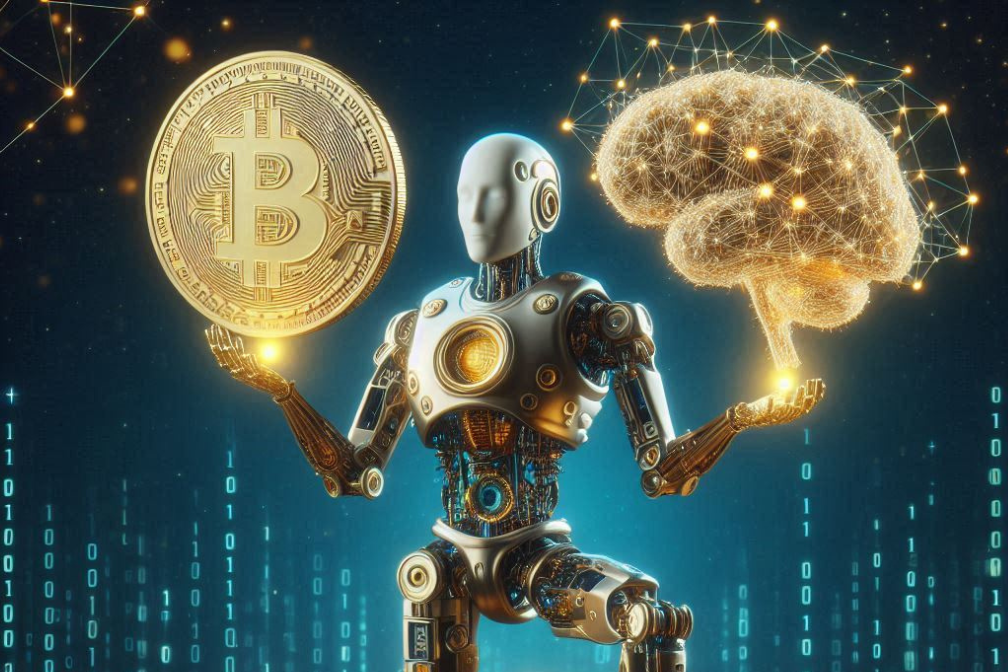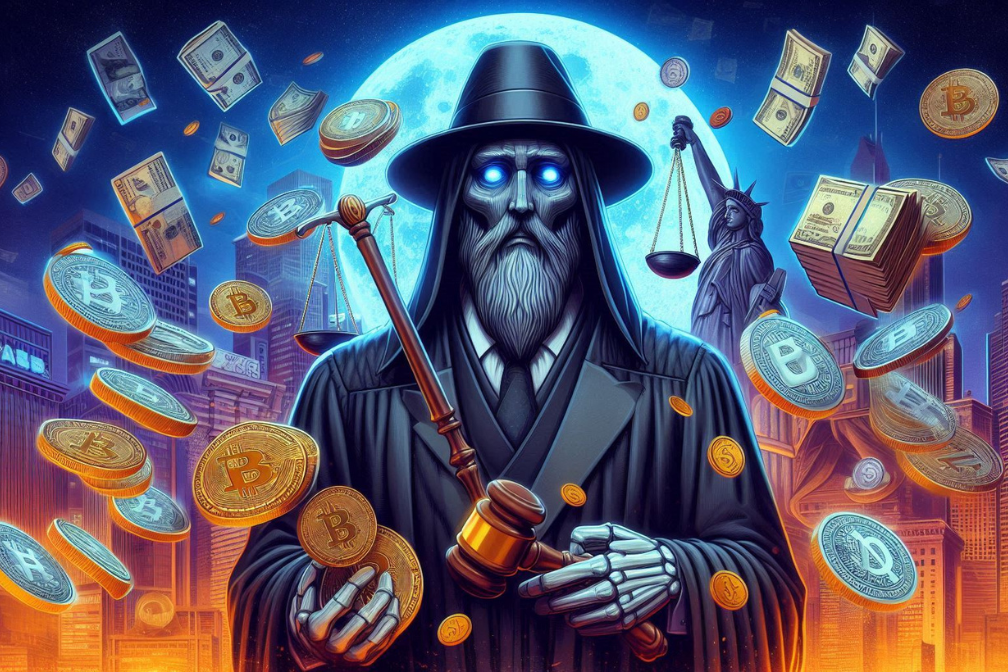The Surprising Symbiosis: Bitcoin Mining and AI Development

As artificial intelligence enterprises strive to enhance the sophistication and utility of their offerings, the appetite for economical, abundant energy has surged exponentially. This burgeoning demand has serendipitously benefited an unexpected sector: Bitcoin miners. Recently, numerous prominent Bitcoin mining firms have commenced substituting some of their mining apparatus with rigs dedicated to AI system training and operation. These entities posit that AI training might furnish a more reliable and steady revenue stream compared to the erratic cryptocurrency market. Thus far, investors have lauded these strategic pivots, as evidenced by a 22% surge in the market valuation of 14 leading Bitcoin mining companies, equating to an increase of $4 billion since the start of June, according to a June 24 report by J.P. Morgan.
The Intersection of AI and Energy Demand
This strategic shift underscores several prevailing trends: the relentless hype surrounding AI, diminishing energy access, and a precarious Bitcoin mining landscape following the latest Bitcoin halving event. Generative AI models, such as ChatGPT, enhance their performance through the colossal computational capabilities of data centres, which process immense datasets to identify patterns and refine responses. However, this computational power incurs significant costs, rendering it a previously unviable investment for many data centre operators. Kent Draper, IREN’s Chief Commercial Officer, recalls that four years ago, utilizing their spaces for machine learning was commercially unfeasible due to insufficient demand.
The meteoric success of ChatGPT from late 2022 onward altered this scenario dramatically, prompting a fervent race among AI companies to train and operate their own models to surpass OpenAI’s flagship. This endeavour necessitates prodigious amounts of energy: for instance, a single ChatGPT query consumes ten times the energy of a standard Google search. Consequently, AI firms are in a relentless pursuit of direct access to cost-effective power sources, expansive tracts of land for housing warehouses brimming with thousands of computers, and resources such as water or large fans to cool their machines. This intense competition makes it increasingly challenging to locate suitable sites, particularly in North America. Some jurisdictions have imposed lengthy waitlists for large data centres to connect to the grid. Once initial approval is obtained, constructing a data centre from scratch demands years, millions of dollars, and extensive navigation through regulatory and bureaucratic hurdles.
Challenges for Bitcoin Miners
Bitcoin miners have found potential solutions within their existing infrastructures. Historically, Bitcoin miners, who uphold and secure the Bitcoin network through a complex computational process, have reaped substantial profits by expanding the size of their computer rigs and establishing massive server farms that operate around the clock using cheap energy sources. Despite its profitability, large-scale Bitcoin mining is subject to the volatile fluctuations of the cryptocurrency market. The 2022 crypto crash, triggered by the risky ventures of entrepreneurs like Sam Bankman-Fried and Do Kwon, forced many miners into bankruptcy or complete closure.
Those who survived the crash experienced a resurgence in profits in 2023 and early 2024. However, the latest Bitcoin halving event in April, which halved miners' rewards, posed a new challenge. Miners had hoped the halving would drive a significant increase in Bitcoin’s price, as seen in previous cycles, to counterbalance the reduced rewards. Yet, Bitcoin’s price has remained stagnant since April, compressing profit margins and compelling some miners to diversify their business models. AI training has emerged as a prime alternative.
The Strategic Partnership
The synergy between the AI and Bitcoin mining sectors is evident, given their mutual needs. AI companies require the space, access to cheap energy, and infrastructure that Bitcoin miners already possess. Conversely, Bitcoin miners seek the stability of AI compute revenue and the substantial potential profits stemming from the current AI boom. Some Bitcoin mining companies are leasing their space to AI clients. In June, Core Scientific—recently emerged from bankruptcy due to the 2022 crypto crash—announced it would host over 200 megawatts of GPUs for the AI startup Core Weave. Core Scientific’s CEO, Adam Sullivan, mentioned in April that AI companies were aggressively bidding for the use of Bitcoin mining facilities: “They have started to buy up mining sites for greater prices than what Bitcoin miners are willing to pay,” he noted, adding that the number of requests from AI companies was “extraordinarily high.”
Other Bitcoin mining companies are directly operating the GPUs themselves. On June 24, Bitcoin miner Hut 8 secured a $150 million investment from Coatue Management to build AI infrastructure. In some IREN facilities, GPUs for AI and ASICs for Bitcoin mining share the same premises. Draper observes, “We view them as mutually complementary: Bitcoin offers instant revenue but is more volatile, while AI is customer-dependent but provides stable, contracted revenue.”
Environmental Repercussions
This surge in energy demand has significant environmental implications. Data centres consume 10 to 50 times the energy of a typical commercial office building, according to the U.S. Department of Energy. A recent Goldman Sachs report projects that data centres will consume 8% of total U.S. power by 2030, up from 3% in 2022, marking a level of electricity growth unseen in a generation.
Some Bitcoin companies, like Terawulf, assert their commitment to green energy. Nonetheless, many new data centres are powered by fossil fuels. Nazar Khan, COO and CTO of Terawulf, notes, “Some smaller renewables don’t meet the demand for consistent, high-quality energy that high-speed computer operations require. We’re seeing utilities propose adding more large-scale gas-fired power plants, which haven’t been seen for several years. It will take a portfolio of facilities: gas, nuclear, and renewables to meet this need.”
Climate activists express concern over this trend. Mandy DeRoche, Deputy Managing Attorney at Earthjustice’s clean energy program, states, “Bitcoin miners are diversifying into traditional data centres and AI. Despite using different machines, they still consume voracious amounts of energy. This tremendous increase in energy demand has consequences for the grid, the cost of electricity, and the climate.”
In conclusion, as Bitcoin mining companies pivot towards AI, they must navigate the complex interplay of technological advancement, energy consumption, and environmental responsibility. The symbiotic relationship between these sectors may offer new revenue streams and operational stability but also necessitates a conscientious approach to energy management and sustainability.






